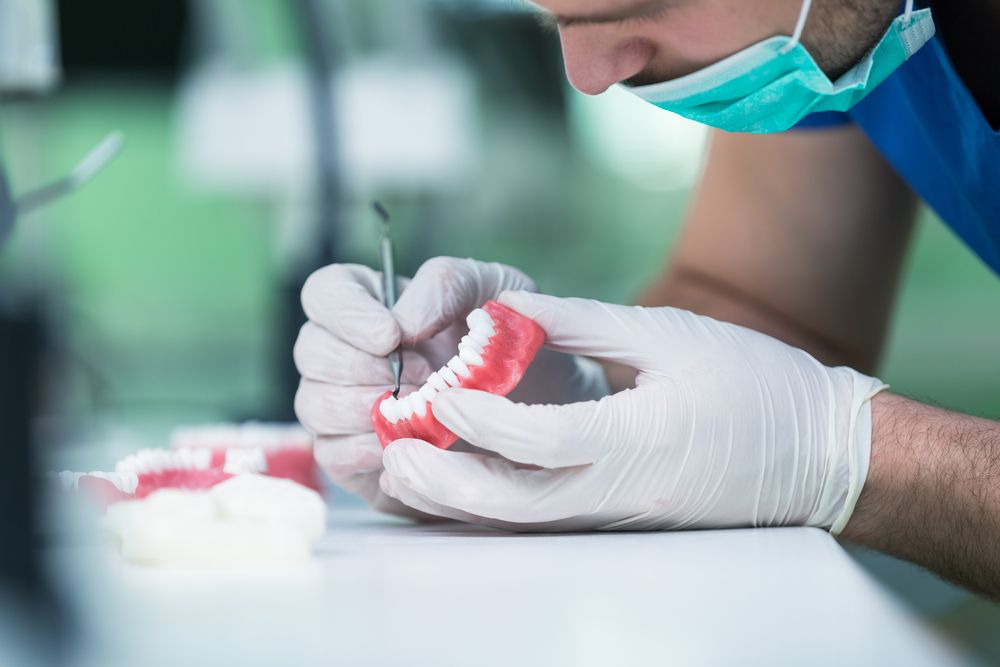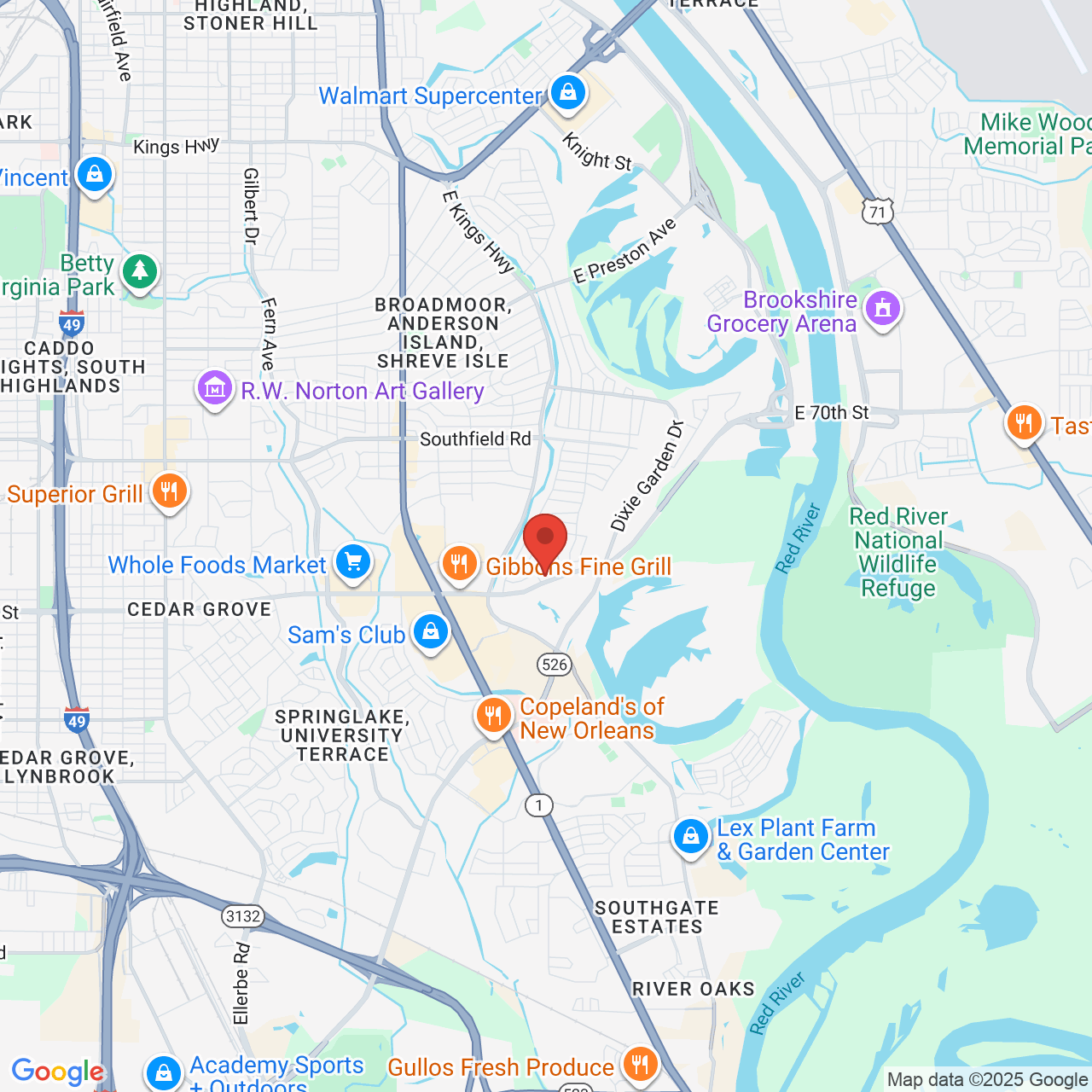Denture Reline
Over time, changes in your gum tissue and jawbone can affect the way your dentures fit and feel. Your restoration may begin to feel loose and move more frequently. There are two methods for improving the fit of an existing set of dentures: rebasing or relining. Rebasing involves fabricating an entirely new plate, or base, for your dentures. This process can take a long time and require you to wear a temporary restoration. For a quicker solution, you can bring your restoration to your dentist’s office for a denture reline. A reline can immediately improve the fit of your dentures and your comfort.

When Is a Reline Necessary?
The bones and tissues in your smile change over time. These changes can occur as a natural part of the aging process, or they may be caused by bone atrophy following tooth loss. When your dentures do not fit correctly, their movement can wear down soft tissue and jawbone. If your dentures are no longer comfortable, you may need to have them relined. Relining your dentures regularly can prevent more extensive damage to the supporting structures of your smile.
How Often Should I Reline My Dentures?
Typically, denture patients require a reline every one to two years. Keep in mind that this process will not affect the appearance of your denture.
The Relining Procedure
A typical denture reline takes between 30 minutes and one hour. Once it is complete, you can take your dentures home with you right away. In some cases, your dentist may recommend a temporary reline if there is an extensive amount of gum irritation. If this is the case, you will need to return for an additional reline once your gums heal.
By performing regular relines on your denture, you can save yourself the time and money associated with rebasing or replacing your restoration.
During the procedure, your dentist will clean your denture and then remove a small amount of material from the base that rests on your gums. Your dentist can then apply resin to the inside of the dentures and place the denture back onto your gums while the resin is still liquid. This step creates a new impression. As the resin hardens, it tightens and creates a better seal on your gums. Your dentist can then check the new fit of your dentures to ensure you are satisfied with the results.
Types of Relines
There are two resins which can be used to reline your dentures: hard or soft. Your dentist can explain the difference between them and recommend the optimal reline method for your needs.
Hard Reline
A hard reline tends to last longer than soft resin. However it is not as flexible and may not be suitable for patients with sensitive gums. While a hard reline can be performed in the office, some dentists prefer to send impressions out to a dental laboratory to minimize the possibility of complications.
Soft Reline
Many denture wearers prefer soft resin relines because they tend to be more comfortable. To create a soft reline, your dentist can use a pliable silicone material to line the denture. This material is more flexible and comfortable than hard resin. However, it requires more frequent replacement.
Save Time and Money
By performing regular relines on your denture, you can save yourself the time and money associated with rebasing or replacing your restoration. You can also experience more comfort and minimize the wear and tear on your gums and soft tissues. In general, relines are the most affordable option for repairing ill-fitting dentures.







